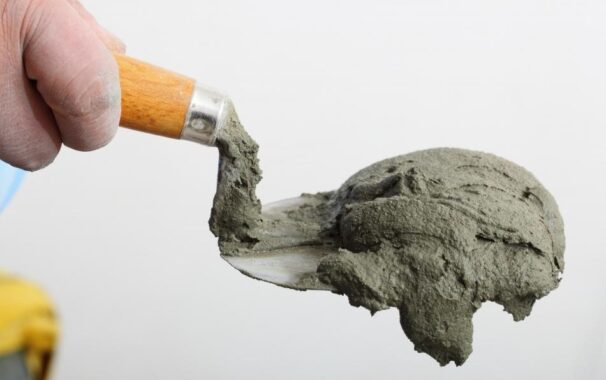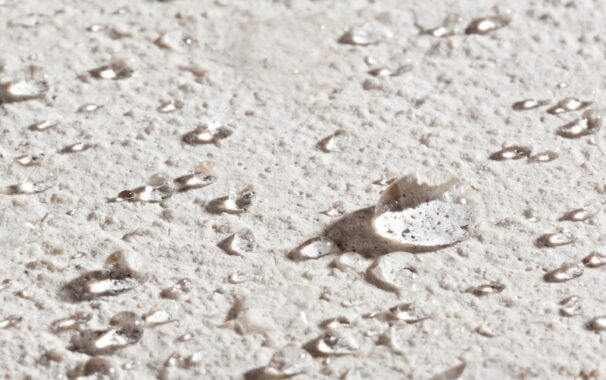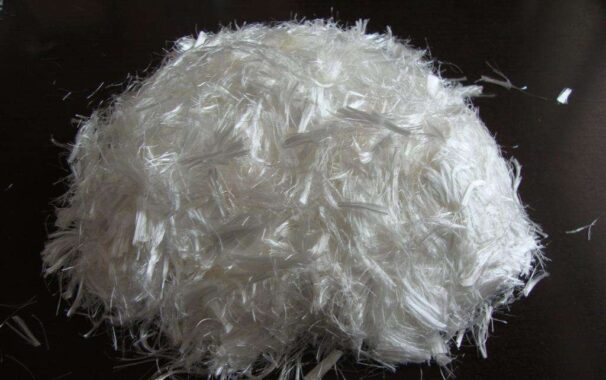
Applying RDP into mortar is actually the modification of ordinary mortar, also known as polymer modified cement mortar. Through polymer modification, the brittleness, high elastic modulus and other weaknesses of traditional cement mortar are improved; the cement mortar is endowed with better flexibility and tensile bond strength to resist or delay the generation of cement.. read more →
AbstractDamp masonry is a threat to architectural structures while also posing ahygienic problem to living conditions in the building’s interior. ydrophobicagents have been the preferred method for protecting masonry facades and building surfaces against moisture entry and weathering. Early water repellent systems had to be externally applied on finished constructed parts and outside structures. Such.. read more →
Cementitious building materials such as concrete, mortar, and masonry tend to readily absorb water because of their pore and capillary structure. To prevent damage due to moisture absorption, the material’s absorbency can be reduced by the application of a water repellent sealer. Silanes and siloxanes, the two most common types of water repellents, are both.. read more →

Moisture can do irreparable damage to gypsum building materials. To prevent this and to protect the set gypsum mortar against moisture, powder-form water-repellent agents are admixed to the dry-mix mortar. This requires manufacturers of standard powder-form water repellents to employ carrier or encapsulation materials as a way of converting the liquid active ingredients into a.. read more →

ANTI CRACK FIBER Anti crack fiber is a new type of fiber of concrete and mortar which is composed of polypropylene and polyester. It is called secondary reinforcement of concrete. With the development of composite materials, anti crack fiber has been widely used in civil engineering. The results show that when the crack resistant fiber.. read more →
Categories
Recent Posts
- Middle East Coatings Show, UAE 2024
- Cellulose
- SIDLEY leads team at Interlakokraska 2024!
- The 2023 Coatings Show ended perfectly! Centec brings a variety of additive materials to help coatings industry’s high-quality development
- November 28th ~ 30th 丨Sidley invites you to participate in the 2023 Fi Europe
